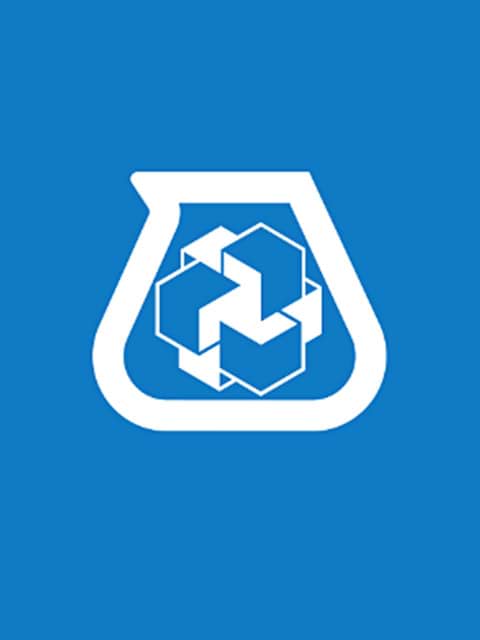In this highly competitive marketplace, an installer’s reputation is ‘King’, a few jobs that go south can quickly ruin a seasoned installer’s years of hard work. That is why you will find such fierce loyalty on the part of installers to a particular product and/or brand. Finding an installation product that for years has a proven track record on a variety of projects from institutional to commercial to the residential means a happy customer, money in the bank and a good reputation.
 Product manufacturers understand that to get an installer to try and switch to a new product, it must perform consistently, improve the quality of the installation and ultimately improve the bottom line-more money in the installer’s pocket. And as an installer, how many times have you tried a new installation product, only to set it to the side and root around in your truck looking for that patching compound or VCT adhesive that you know will do the job without a failure and subsequent customer call back.
Product manufacturers understand that to get an installer to try and switch to a new product, it must perform consistently, improve the quality of the installation and ultimately improve the bottom line-more money in the installer’s pocket. And as an installer, how many times have you tried a new installation product, only to set it to the side and root around in your truck looking for that patching compound or VCT adhesive that you know will do the job without a failure and subsequent customer call back.
To this point, the introduction of ‘Sustainable Chemistry’ added another layer to installation products. This was a huge leap to begin to move away from solvent-based adhesives to water-based, not to mention a learning curve for installers in the field to adjust to these new adhesives. Since the 1980’s, MAPEI recognized the importance of ‘sustainable chemistry’ with the introduction of the Ultrabond ECO line of adhesives to dramatically reduce or eliminate VOCs (Volatile Organic Compounds). As the flooring industry began to recognize the importance of low VOC adhesives, along with other sustainable practices, such as, reducing, reusing and recycling natural resources, in 1993, USGBC (United States Green Building Council) was born. USGBC’s goal was to step back and look at the entire building design, construction, and operation from a sustainability standpoint.
 That is why the ‘design phase’ of a project is key to promote ‘project ownership’ of the entire installation system. Many ’sustainable programs’ are beginning to include the installer/contractor in the design phase-recognizing that product application and installation methods are just as important as product selection. After all it is the installer that ensures that all of the design decisions made at the table are adhered to during the installation-bringing the design and built world together. No matter what type of project that is being specified, the following key areas should be addressed to ensure a project that will last its entire life cycle, while promoting a healthier environment for the occupants.
That is why the ‘design phase’ of a project is key to promote ‘project ownership’ of the entire installation system. Many ’sustainable programs’ are beginning to include the installer/contractor in the design phase-recognizing that product application and installation methods are just as important as product selection. After all it is the installer that ensures that all of the design decisions made at the table are adhered to during the installation-bringing the design and built world together. No matter what type of project that is being specified, the following key areas should be addressed to ensure a project that will last its entire life cycle, while promoting a healthier environment for the occupants.
Construction installation products must balance ‘Performance’ with ‘Sustainability’:

Comments
Load more comments